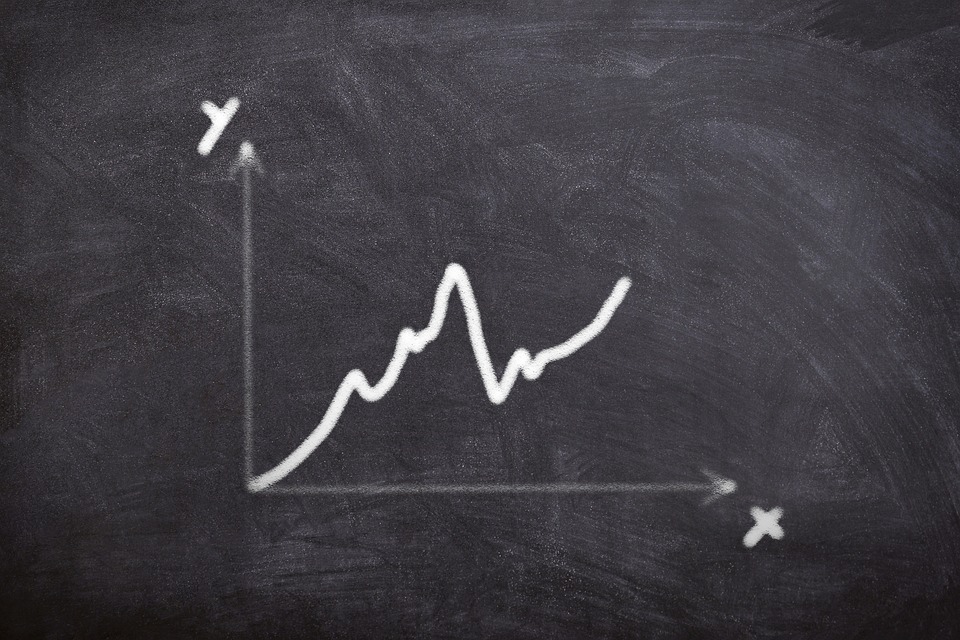Introduction
In recent years, the issue of environmental sustainability has become increasingly pressing as the consequences of climate change and pollution become more apparent. One important aspect of sustainability is the packaging industry, which has a significant impact on the environment due to the production and disposal of packaging materials. In this article, we will explore the impact of sustainable packaging on the environment, including its benefits, challenges, and future prospects.
The Problem with Traditional Packaging
Traditional packaging, which is typically made from materials like plastic, paper, and metal, poses a number of environmental challenges. For example, plastic packaging is a major contributor to ocean pollution, with millions of tons of plastic waste ending up in the oceans each year. Additionally, the production of traditional packaging materials often requires the extraction of natural resources, which can lead to deforestation, habitat destruction, and other environmental harms.
Case Study: Plastic Pollution
One of the most well-known examples of the environmental impact of traditional packaging is plastic pollution. Plastic packaging is ubiquitous in modern society, with everything from food to electronics being packaged in plastic. However, only a small percentage of plastic packaging is recycled, leading to massive amounts of plastic waste ending up in landfills and oceans. This plastic waste not only harms wildlife and ecosystems but also poses a threat to human health.
The Rise of Sustainable Packaging
In response to these environmental challenges, companies and consumers alike are increasingly turning to sustainable packaging solutions. Sustainable packaging is designed to minimize the environmental impact of packaging materials throughout their lifecycle, from production to disposal. This can include using recycled materials, reducing packaging waste, and choosing materials that are biodegradable or compostable.
Benefits of Sustainable Packaging
- Reduces environmental impact
- Conserves natural resources
- Minimizes waste
- Meets consumer demand for eco-friendly products
Challenges of Sustainable Packaging
- Higher cost compared to traditional packaging
- Lack of infrastructure for recycling certain materials
- Limited availability of sustainable packaging options
- Resistance to change from industry stakeholders
The Future of Sustainable Packaging
Despite the challenges, the future of sustainable packaging looks promising. As consumer awareness of environmental issues grows, demand for sustainable packaging is expected to increase. This, in turn, will drive innovation in the packaging industry, leading to the development of new and more sustainable packaging solutions. Additionally, government regulations and industry initiatives are also pushing for greater sustainability in packaging practices.
Case Study: Biodegradable Packaging
One example of a sustainable packaging solution that is gaining traction is biodegradable packaging. Biodegradable packaging is designed to break down naturally in the environment, reducing the amount of waste that ends up in landfills or oceans. This type of packaging can be made from materials like plant-based plastics, mushroom-based materials, or even food waste.
Conclusion
In conclusion, sustainable packaging has the potential to significantly reduce the environmental impact of the packaging industry. By using recycled materials, minimizing waste, and choosing biodegradable options, companies can help protect the planet for future generations. While there are challenges to adopting sustainable packaging practices, the benefits far outweigh the costs. As consumer awareness and demand for sustainable products continue to grow, the future of sustainable packaging looks bright.
